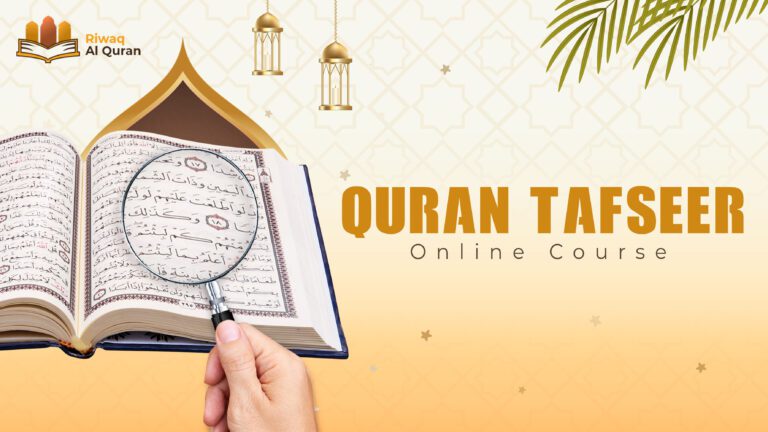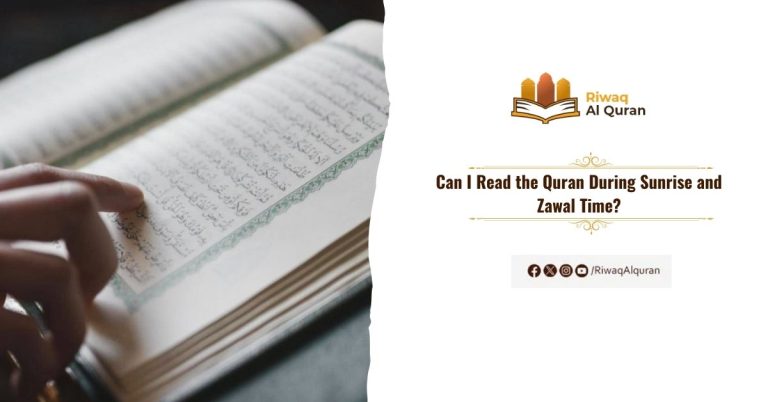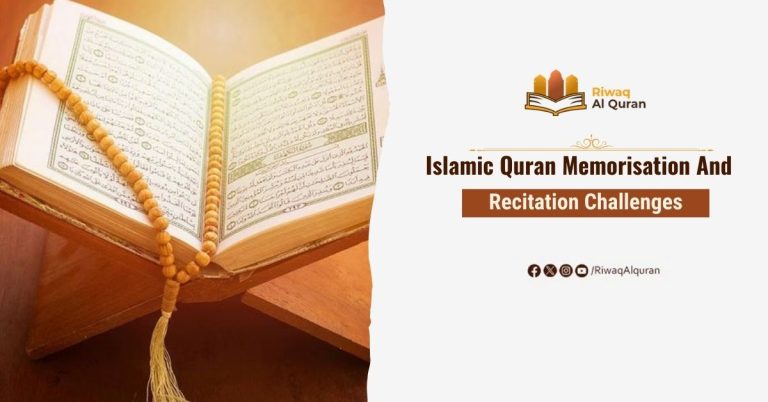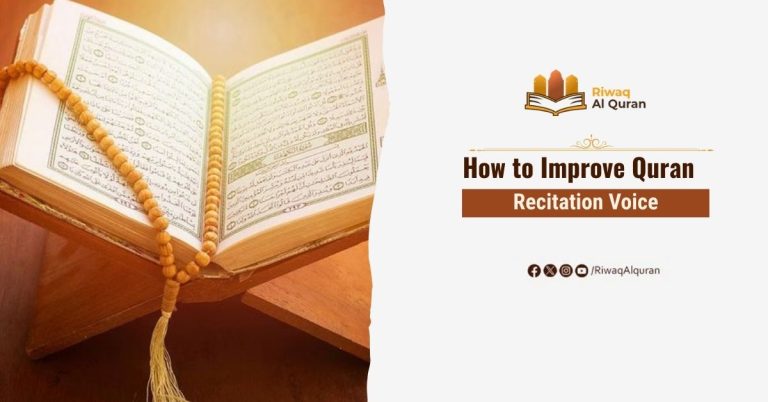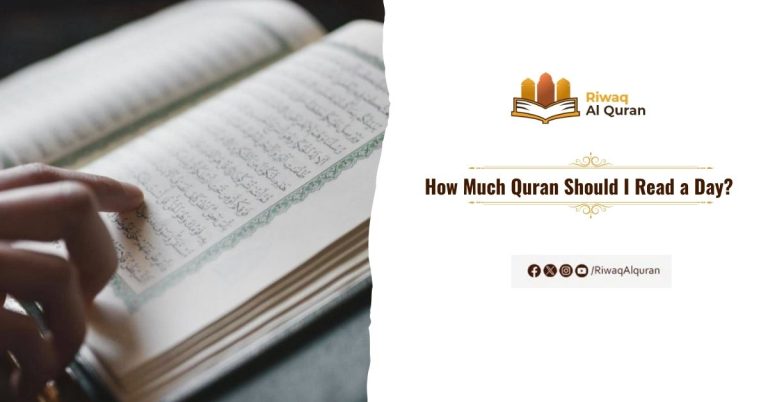Hamzatul Qat’ (همزة القطع) is a basic aspect of proper Arabic pronunciation and Tajweed, ensuring clarity and accuracy in Quranic recitation. It is a very important topic in Arabic phonology, as mispronouncing it can change meanings. Proper articulation of Hamzatul Qat’ ensures correct Quranic recitation. That’s why it is crucial to study and perfect it.
In this article, we will explore the meaning of Hamzatul Qat’ with some examples from Arabic speech and the Quran. Then, we will tackle the rules of Hamzatul Qat’. After that, we will examine the main differences between Hamzatul Qat’ and Hamzatul Wasl, illustrated with some examples in a worksheet.
Table of Contents
Hamza-wassl and hamza-qat
Hamza-wassl and hamza-qat’ are repeatedly learnt for accurate pronunciation; the best way is to identify them with their shapes, usages, and examples to avoid mixing them up.
Here, let’s know about what is called “Hamza-Wassl” and “Hamza Qat’”, and the differences between them with clarifying examples, to be able to properly differentiate between them in shape, pronunciation, and usage.
In Arabic, hamza and Alif can be sometimes used interchangeably. So, we can call it “Hamza-Wassl” or “Alif Wassl”, as it actually looks as ا, without that certain hamza-shape ء.
Hamza-wassl is simply an Alif preceding a word, connecting it smoothly to the others in the sentence; its linguistic purpose is to make pronouncing the Arabic flow easily. For so, when it is at the start of the sentence, we pronounce it distinctively as a hamza, while merging it, like in tanween cases, or skipping its pronunciation when it is not at the beginning.
So, Hamza Al-Qat’ is pronounced and written hamza ء, wherever its position in the word. It is written above the Alif (أ), when fat-ha and damma, and below the alif, (إ) when kasra.
Unlike hamza-wassl, hamza-qat’ always cuts through the flow of the pronunciation by articulating its asserting sound of clear hamza, and that is why it is called “hamza qat’” (cutting hamza).
Note: hamza-Qat’ can be written in different shapes, whether its own like يتساءل, on alif like أحمد, on waw سؤال, or on yaa like سُئل. Whatever its written shape, it is always clearly pronounced, and can come in the beginning, middle, or end of the word.
Definition Of Hamzatul Qat’
Hamzatul Qat’ (همزة القطع) is a pronounced glottal stop (ء) that appears at the beginning, middle, or end of a word in Arabic. It is always fully articulated and Mutahrik (متحرك) [with a Fatha (َ), Kasra (ِ), or Damma (ُ)] or Sakin. It is pronounced as a strong glottal stop (like the “a” in “apple” in English, but sharper).
It can be a part of a noun (e.g. إيمان), a verb (e.g. أكل) or a preposition (e.g. إلى). If it appears at the start of a word, it is written as أَ/أُ (with Fatḥa/Damma) or إ (with Kasra). If it appears in the middle or end, it is written as ء (e.g., سؤال and شيء).

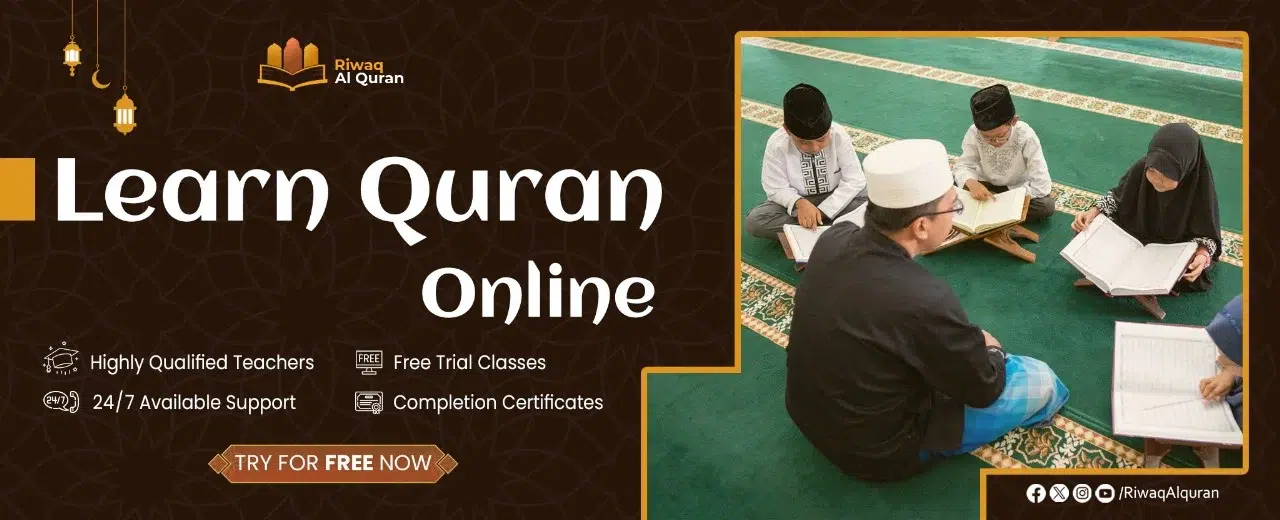
The Cases of Hamza-Qat’:
There are various cases of hamza-Qat’ in Arabic, in the particles, verbs, and nouns:
1. Hamza-Qat’ in Particles:
There are some Arabic particles including hamza-qat’, and it is always pronounced and unemerged, when those particles are in the whole sentences:
- أن (an) – that
- إن (inna) – indeed
- أو (aw) – or
- إذا (idha) – if
- إلا (Illa)- except
- إلى (ila)- to
Example: إن الله عزيز حكيم /inna Allaha ‘azzeezun hakeem/ (Indeed, Allah is The Almighty, The Wise.)
2. Hamza-Qat’ in Verbs:
In Arabic, you find hamza-Qat’ in the present and past forms and the verbal nouns of both three-letters and four-letters verbs. Again, it is clearly pronounced wherever its position.
Example: أراد /Arada/ “he wanted” (Past Form of four-letters verb)
أحب /Uhbu/ “ I love” (Present Form of three-letters verb)
إشفاق /Ishfaq/ “empathizing” ( Verbal Noun of four-letters verb)
إطعام /Itt’am/ “feeding” (Verbal Noun of four-letters verb).
3. Hamza-Qat’ in Nouns:
In many nouns, hamza-qat’ appears, whether proper nouns or common nouns, names. It always distinctively pronounced and written, no matter its position in the word:
Example: إبراهيم /Ibrahim/ – ألوان /Alwan/ “colors”- أب /Abb/ “father”.
Hamzatul Qat’ Examples in the Arabic Usage
Examples of Hamzatul Qat’ in Arabic are hard to count. Let’s see below some examples of it in written and spoken Arabic.
Examples:
- أكل – The أ is Hamzatul Qat’ with Fatḥa.
- إنسان – The إ is Hamzatul Qat’ with Kasra.
- أم – The أ is Hamzatul Qat’ with Damma.
Hamzatul Qat’ Examples In The Quran
In the Qur’an, we can find many examples of hamza-Qat’, like:
“وما أُنزل إلى إبراهيم وإسماعيل وإسحاق ويعقوب“:
/Ella/ to=preposition.
/Ibrahim-Ismail- Ishaq/= names.
“فأما من أعطى واتقَى” :
/A’tta/ (gave)= past form of four-letters verb.
“وأذٍن في الناس بالحج”:
/Azzin finnass bil haj/ (call people for haj)= command of four-letters verb.
“هل جزاء الإحسان إلا الإحسان”
/Ella/ (except)= preposition
/Ihsan/ (doing good)= verbal noun of four-letters verbs.
“قل أعوذُ برب الفلق”:
/A’udhu/ ( I seek refuge)= present the four-letters verb for the first person.
There are so many clear examples of Hamzatul Qat’ in the Quran. Below are some of these examples in different positions in the word: beginning, middle, and end of words.
1. Hamzatul Qat’ At The Beginning Of Words:
(Always pronounced, and written as أَ / إِ / أُ)
A. With Fatha (أَ):
- “أَذَّنَ مُؤَذِّنٌ” (the Quran, 12:70): The Hamza in “أَذَّنَ” is Hamzatul Qat’ with Fatha (َ).
- “صِرَٰطَ ٱلَّذِينَ أَنْعَمْتَ عَلَيْهِمْ” (the Quran, 1:7): The Hamza in “أَنْعَمْتَ” is Hamzatul Qat’ with Fatha (َ).
B. With Kasra (إِ):
- “إِيَّاكَ نَعْبُدُ وَإِيَّاكَ نَسْتَعِينُ” (the Quran, 1:5): The Hamza in “إِيَّاكَ” and “إِيَّاكَ” is Hamzatul Qat’ with Kasra (إِ).
- “إِنَّآ أَنزَلْنَـٰهُ فِى لَيْلَةِ ٱلْقَدْرِ” (the Quran, 97:1): The Hamza in “إِنَّآ” is Hamzatul Qat’ with Kasra (إِ).
C. With Damma (أُ):
- “فَصَبَرُوا۟ عَلَىٰ مَا كُذِّبُوا۟ وَأُوذُوا۟“: (the Quran, 6:34): The Hamza in “أُوذُوا۟” is Hamzatul Qat’ with Damma (أُ).
2. Hamzatul Qat’ In The Middle Of Words:
(Always pronounced, and written as ء, أ, ؤ or ئـ)
- “يَأْمُرُهُم بِٱلْمَعْرُوفِ” (the Quran, 7:157): The Hamza in “يَأْمُرُهُم” is Hamzatul Qat’ with Sukoon (ْ).
- “عَمَّ يَتَسَآءَلُونَ” (the Quran, 78:1): The Hamza in “يَتَسَآءَلُونَ” is Hamzatul Qat’ with Fatha (َ).
3. Hamzatul Qat’ At The End Of Words:
(Always pronounced, and written as ء or أ)
- “لَيْسَ كَمِثْلِهِۦ شَىْء” (the Quran, 42:11): The Hamza in “شَىْء” is Hamzatul Qat’ with Sukoon when the reciter pauses after it, and with Damma when they connect it to the following word in the verse.
- “قَالَ ٱلْمَلَأُ مِن قَوْمِهِ” (the Quran: 7:60): The Hamza in “ٱلْمَلَأُ” is Hamzatul Qat’ with Damma.
What Are The Rules Of Hamzatul Qat’?
Some rules govern the use of Hamzatul Qat’ in Arabic in general and in the Quran in particular. Let’s see below some of these very important rules.
1- Pronunciation:
Hamzatul Qat’ (ء) is the pronounced glottal stop in Arabic, appearing at the beginning, middle, or end of a word. Unlike Hamzatul Waṣl (which is sometimes silent), Hamzatul Qat’ must always be fully pronounced (no skipping or merging).
Articulation point: From the throat (like a light choke sound).
2- Mutahrika and Sakina:
Hamzatul Qat’ can be both Mutahrika (متحركة) and Sakina (ساكنة). Let’s see some examples.
- Mutahrika with Fatḥa (e.g. أَمر)
- Mutahrika with Kasra (e.g. إِنَّ)
- Mutahrika with Damma (e.g. أُمة)
- Sakina (e.g. يُؤْمِنُونَ).
3- When preceded by a Madd letter:
When a Hamza is preceded by a Madd letter, Madd must be implemented. The length of elongation (Madd) depends on whether the Madd letter and the Hamza are in one word or in two consecutive words.
In two words:
Madd is called Madd Munfasil (Separated Madd). Elongation is optional for 2, 4, or 5 harakat.
In one word:
Madd is called Muttasil (Connected Madd). Elongation is obligatory for 4, 5 or 6 harakat.
4- Special Cases:
There are some special rules for Hamzatul Qat’ in Arabic phonology and text. Below are two of them:
A- When Pausing:
If a word ends with a Hamza (ء), it should be pronounced fully (e.g., يشاء and سماء).
B- With Sukoon:
When a hamza (ء) is Sakin, it is even stronger (e.g., يَأْتِي).
Difference Between Hamzatul Qat’ And Hamzatul Wasl
In Arabic grammar and Tajweed, Hamzatul Qat’ (همزة القطع) and Hamzatul Waṣl (همزة الوصل) are two types of Hamza (ء) that play distinct roles in pronunciation and recitation. Let’s see below the key differences between them.
Hamzatul Qat’ Worksheet (compared to Hamzatul Wasl)
To learn more about Hamzatul Qat’, a worksheet pointing out some of its most fundamental aspects compared to Hamzatul Wasl is a good starting point. Please see an illustration of this worksheet below.
| Feature | Hamzatul Qat’ (همزة القطع) | Hamzatul Wasl (همزة الوصل) |
| Meaning | A glottal stop (ء) | A connecting Hamza |
| Function | It is a part of a word [noun, verb, article, etc] | It is added to a word that originally starts with a Sakin letter [Arabs do not start with a Sakin]. So if a person starts with that word, they can start with the Hamzatul Wasl to avoid starting with a Sakin letter. |
| Pronunciation | Always pronounced | Pronounced only at the beginning of speech or after a pause. However, it is silent when connected to a preceding word. |
| Position | Can appear anywhere in the word: beginning, middle, or end | Only at the beginning of a word |
| Written form | أ – إ – ؤ – ئ – ء – ئـ | Only as Alif: “ا” [with a little ص sign in the Quranic text to indicate that it is Hamzatul Wasl]. |
| Examples in nouns | أيمن – أمجد – إنسان – مسؤول | ابن – ابنة – اسم |
| Examples in verbs | أمر – أكل | اكتب – اشرب |
| Examples in particles | أن – إن – أين | The most common Hamzatul Wasl in particles is the definite article: “ال” |
| Examples from the Quran | “وَمَا يَتَّبِعُ أَكْثَرُهُمْ إِلَّا ظَنًّا” (the Quran, 10:36) | “قُلْ فَأْتُوا۟ بِسُورَةٍۢ مِّثْلِهِۦ وَٱدْعُوا۟ مَنِ ٱسْتَطَعْتُم مِّن دُونِ ٱللَّهِ إِن كُنتُمْ صَـٰدِقِينَ”(The Quran, 10:38) |


Learn Quran, Arabic And Islamic Studies Online With The Best Native Tutors
Riwaq Al Quran is a comprehensive online platform that offers personalized Quran, Arabic and Islamic Studies Online classes for individuals of all ages and backgrounds.
Their experienced instructors use a structured curriculum to cover Tajweed, Tafsir, and Memorization, providing easy and effective access to learning the Quran.
The advanced online classes allow for seamless communication and interaction between students and teachers. Join Riwaq Al Quran for a deeper connection with the Quran.
We offer several courses such as:
- Online courses for kids.
- Online Quran classes for kids and adults.
- Online Arabic courses
- Online Ijazah courses
- Online Islamic Studies courses.
Here are a sample of our set of Quran Courses that will be helpful for you:
- Online Tafseer Course: Delve into Quranic meanings with our insightful online Tafseer course.
- Noorani Qaida Online: Learn Quranic basics efficiently through our Noorani Qaida online program.
- Online Quran Recitation Course: Enhance Quranic recitation skills through our expert-led online course.
- Online Tajweed Classes: Master Tajweed rules for beautiful Quranic recitation in online classes.
- Quran Memorization Online Course: Memorize the Quran effectively with our specialized online memorization course.
- Online Qirat Course: Explore diverse Qirat styles with our comprehensive online Qirat course.
- Online Quran Classes for Kids: Nurture a love for the Quran in kids through interactive online classes.
Conclusion
To sum up, Hamzatul Qat’ is a fundamental element of proper Arabic pronunciation and Tajweed, ensuring clarity and accuracy in Quranic recitation. By understanding its rules, distinguishing it from Hamzatul Wasl, and practicing its application in Quranic words, reciters can avoid common mistakes that might alter meanings.
Hamzatul Qat’ is a critical rule in Tajweed to preserve the Quran’s precise pronunciation and meaning. Regular practice with worksheets, listening exercises, and Quranic examples solidifies mastery. So keep reciting and practicing to enhance your linguistic skills and deepen your understanding of Tajweed rules, and may your journey with learning be blessed!

























